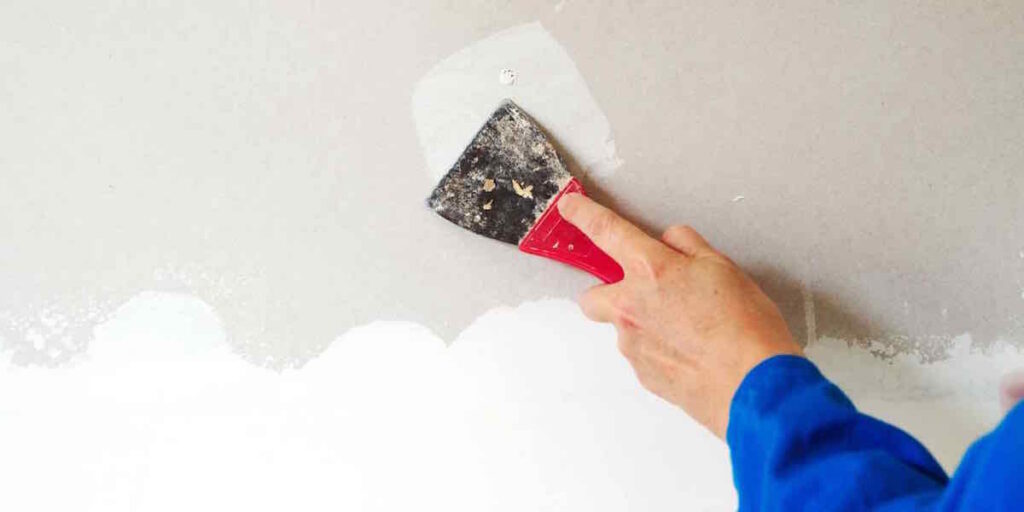Are There Any Health And Safety Risks Associated With Gib Stopping in Auckland?
Working with Gib is an important part of many construction jobs. It’s important to understand the potential health and safety risks associated with this type of work, so you can make sure you’re taking the necessary precautions. Gib stopping is a process used in construction for affixing plasterboard or sheetrock to walls and ceilings. The process requires the use of tools like hammers, saws, drills, and screwdrivers, which can all cause injury if used incorrectly. Additionally, working from heights and using ladders may also be necessary for certain jobs, making it important to take extra care when working at heights.

Potential Injuries From Tools
Gib stopping is a process of installing drywall or plasterboard. It requires the use of specific tools and techniques and carries its own set of health and safety risks. In particular, gib stopping can involve using sharp tools such as knives or screwdrivers, which can cause cuts or puncture wounds if used incorrectly. Hand tool slips are also a possibility, resulting in bruises, scrapes and other injuries. Furthermore, working with ladders or scaffolding comes with a risk of serious falls.
For these reasons, it’s important to take proper safety precautions when gib stopping – wear protective gear such as gloves and goggles; keep tools away from children; make sure your workspace is properly lit; use ladders safely; and be aware of your surroundings at all times. Taking these steps will help to ensure that you complete the job without sustaining any injuries.
Working At Heights
Gib stopping involves working at heights and therefore carries a risk of falling from ladders or scaffolds. It is important to take all possible precautions when gib stopping, such as wearing the correct personal protective equipment (PPE) and using appropriate safety harnesses. Appropriate ladder safety measures should also be taken, such as ensuring that ladders are secure and stable before use and that they are regularly inspected.
Additionally, it is essential to have a safe platform or surface when gib stops, as well as appropriate fall protection systems in place in case of an accident or emergency. Working at heights can also pose other risks related to musculoskeletal injuries due to repetitive movements, so it is important to take regular breaks and practice good ergonomics while gib-stopping.
Gib Dust And Other Hazards
When working at heights, it is important to be aware of the potential risks associated with gib stopping. Gib stopping is a process that involves fixing and finishing wall surfaces, such as plasterboard and fiberglass, to create smooth interior walls. Although this process can help enhance the look of a room, there are some health and safety risks associated with it.
The dust created during gib stopping can cause irritation to the eyes, skin, and respiratory systems. It is also possible for workers to suffer cuts and abrasions when using sharp tools during the installation process. In order to minimize these risks, employers should provide protective gear such as goggles, protective masks, and gloves for their employees who are carrying out gib-stopping work. Additionally, employers should ensure that rooms are well-ventilated during the job as this will help reduce airborne dust particles air. Taking these steps will help create a safe working environment for all involved in gib-stopping projects.
The risks associated with gib stopping should not be taken lightly. It’s important to take all necessary safety precautions when carrying out this type of work. Workers must wear protective clothing, use the correct tools and ensure that they are working at a safe height. The dust created by gib stopping can cause respiratory issues, so adequate ventilation is essential. To sum up, while there are potential health and safety risks associated with gib stopping, these risks can be minimized through proper preparation and implementation of safety measures.